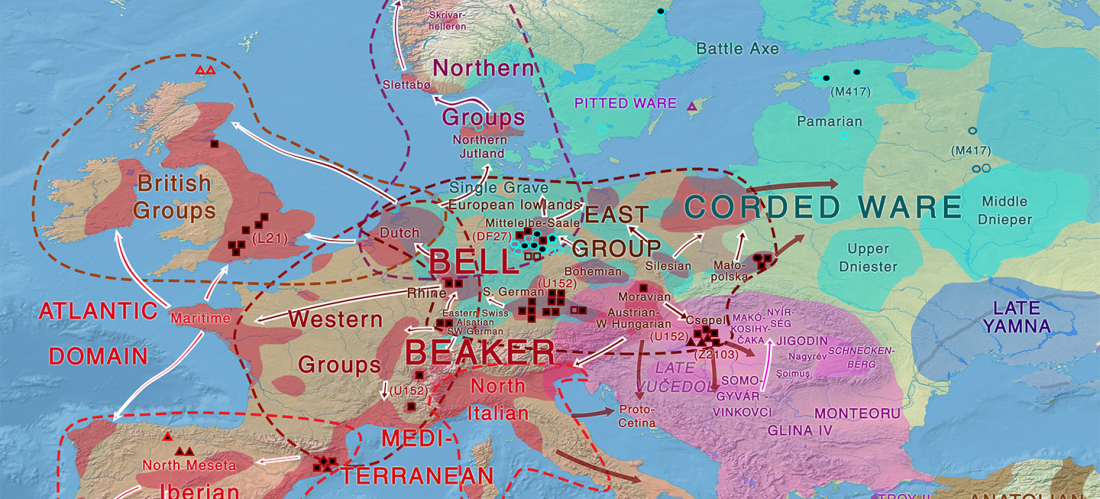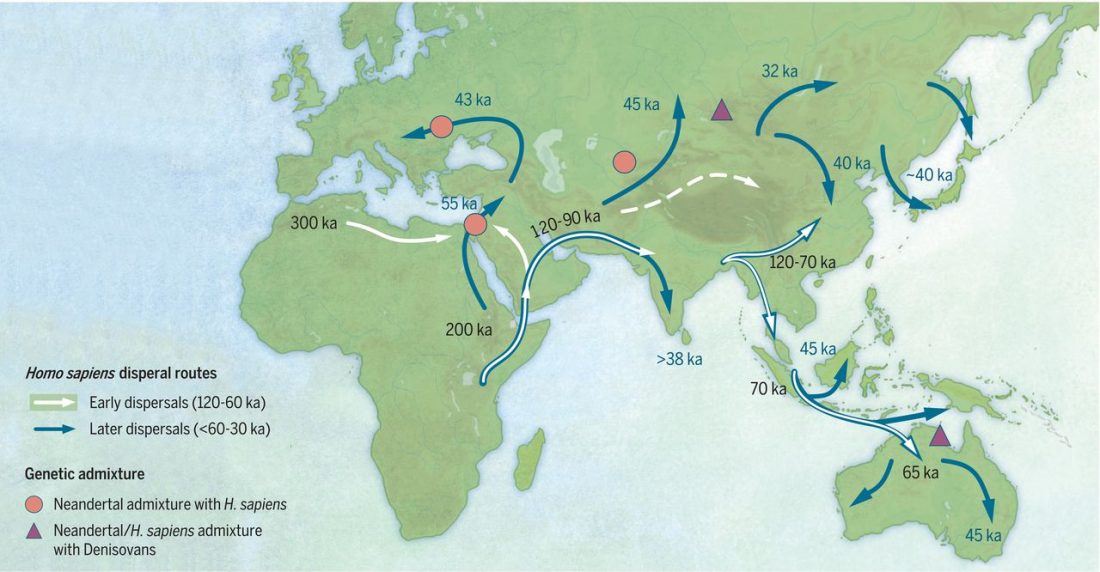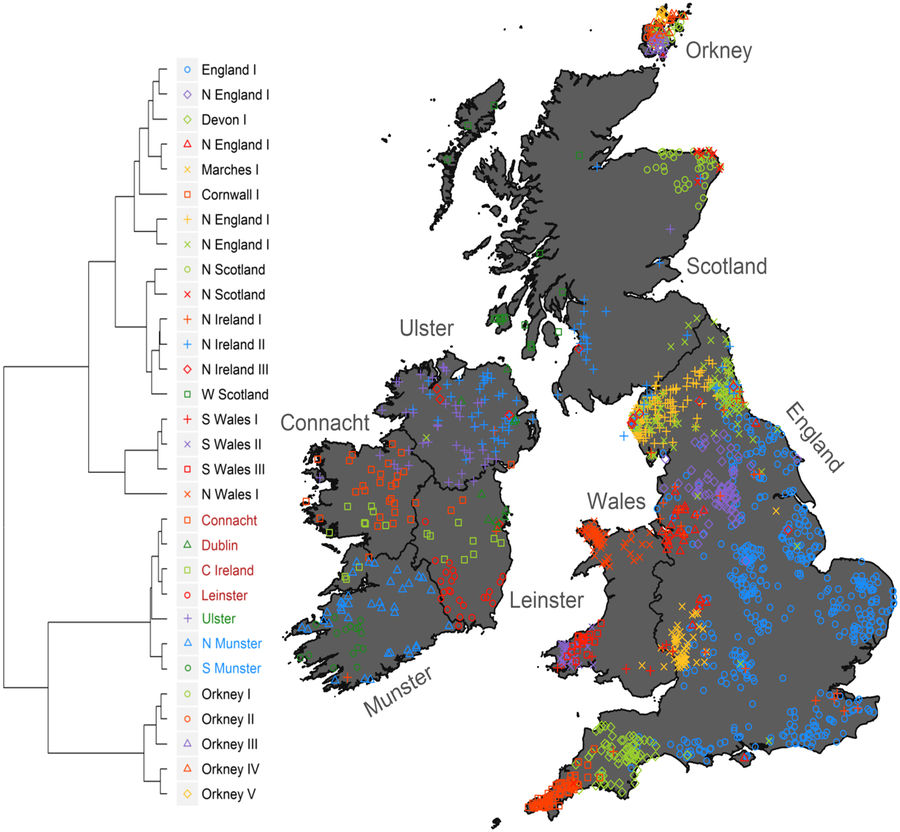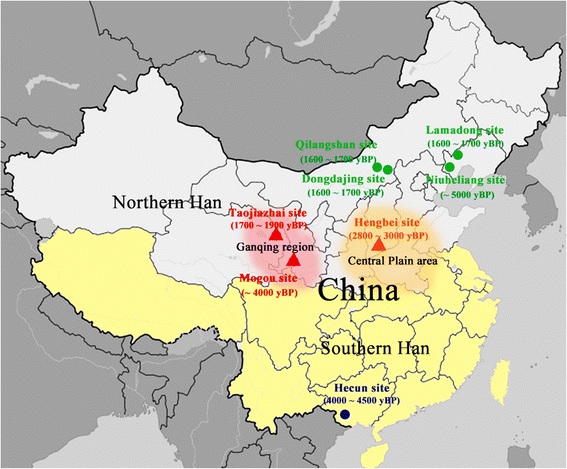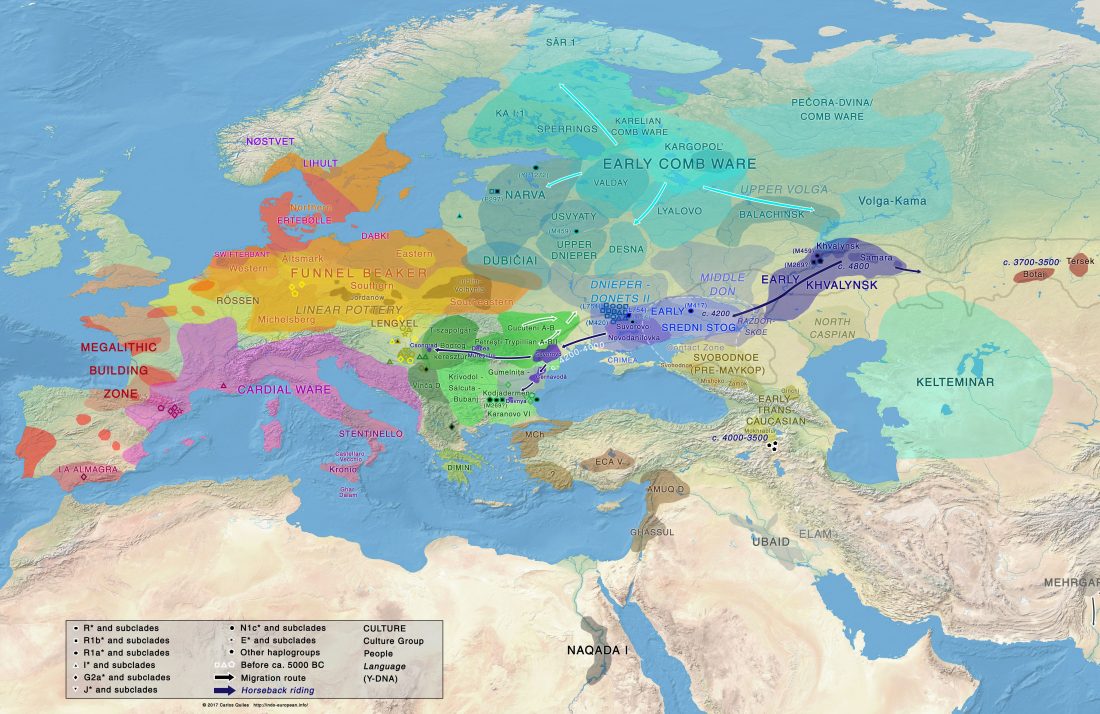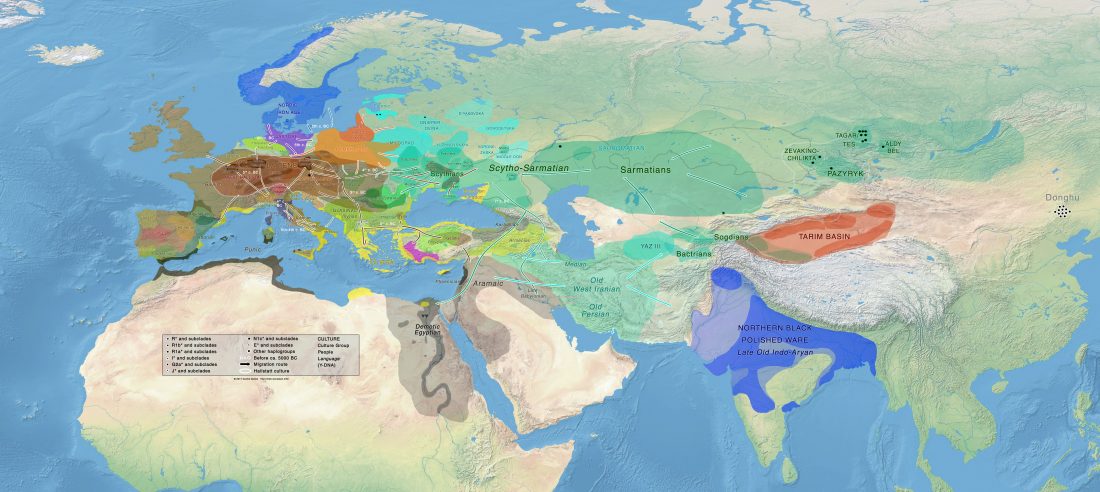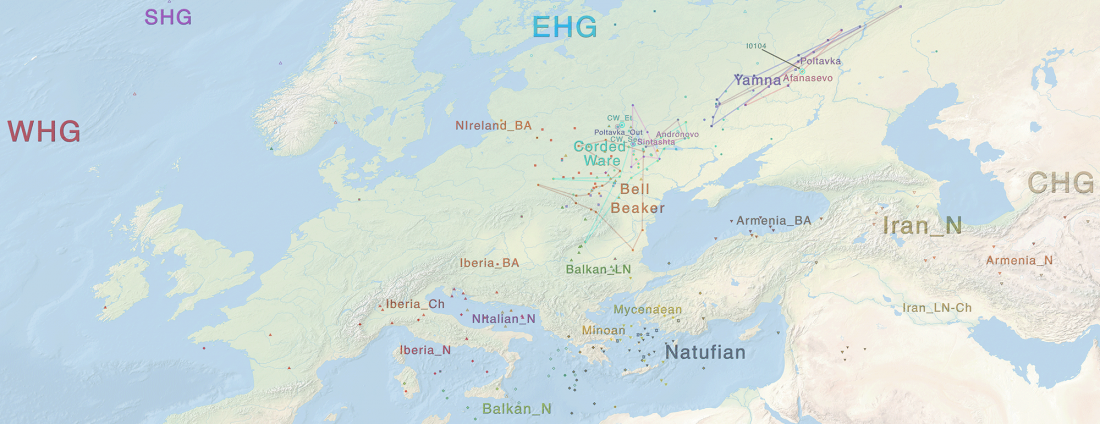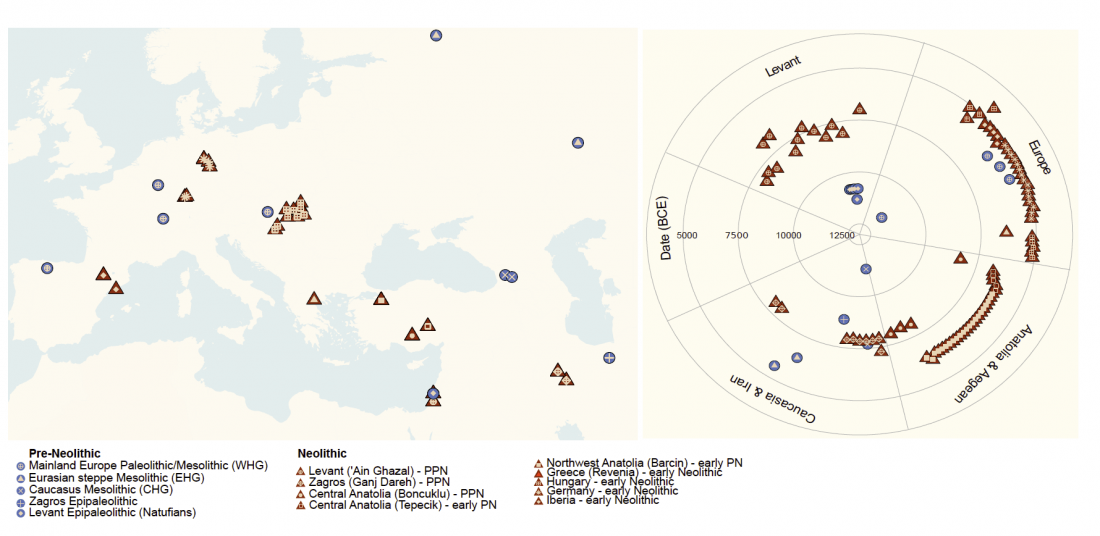Asian ancestry of the Roma people in Europe
New article, Tau haplotypes support the Asian ancestry of the Roma population settled in the Basque Country, by Alfonso-Sánchez et al., Nature (2017).
Abstract:
… Read the rest “Asian ancestry of the Roma people in Europe”We examined tau haplotype frequencies in two different ethnical groups from the Basque Country (BC): Roma people and residents of European ancestry (general population). In addition, we analyzed the spatial distribution of tau haplotypes in Eurasian populations to explore the genetic affinities of the Romani groups living in Europe in a broader scope. The 17q21.31 genomic region was characterized through the genotyping of two diagnostic single nucleotide polymorphisms, SNPs (rs10514879 and rs199451), which allow the
